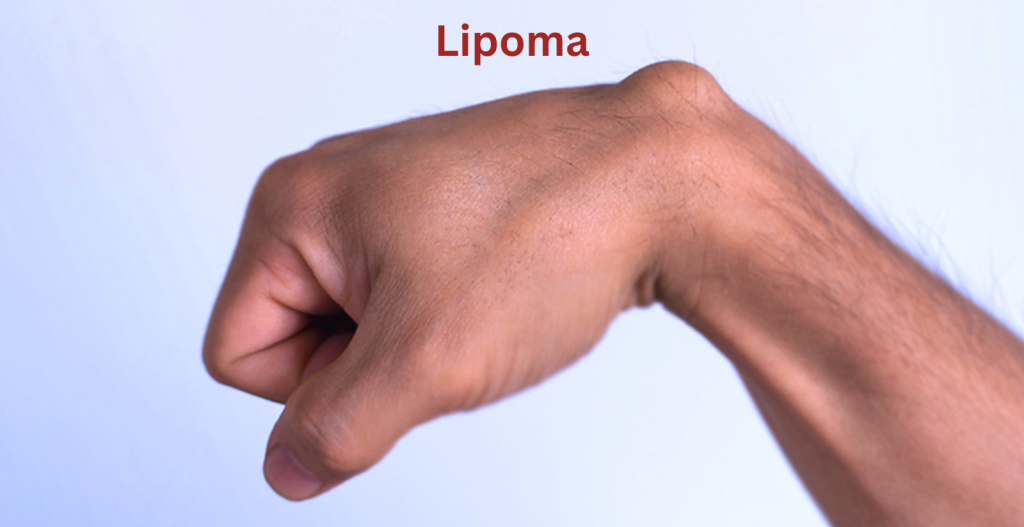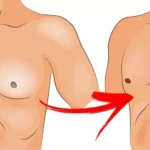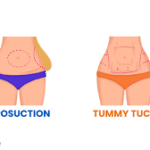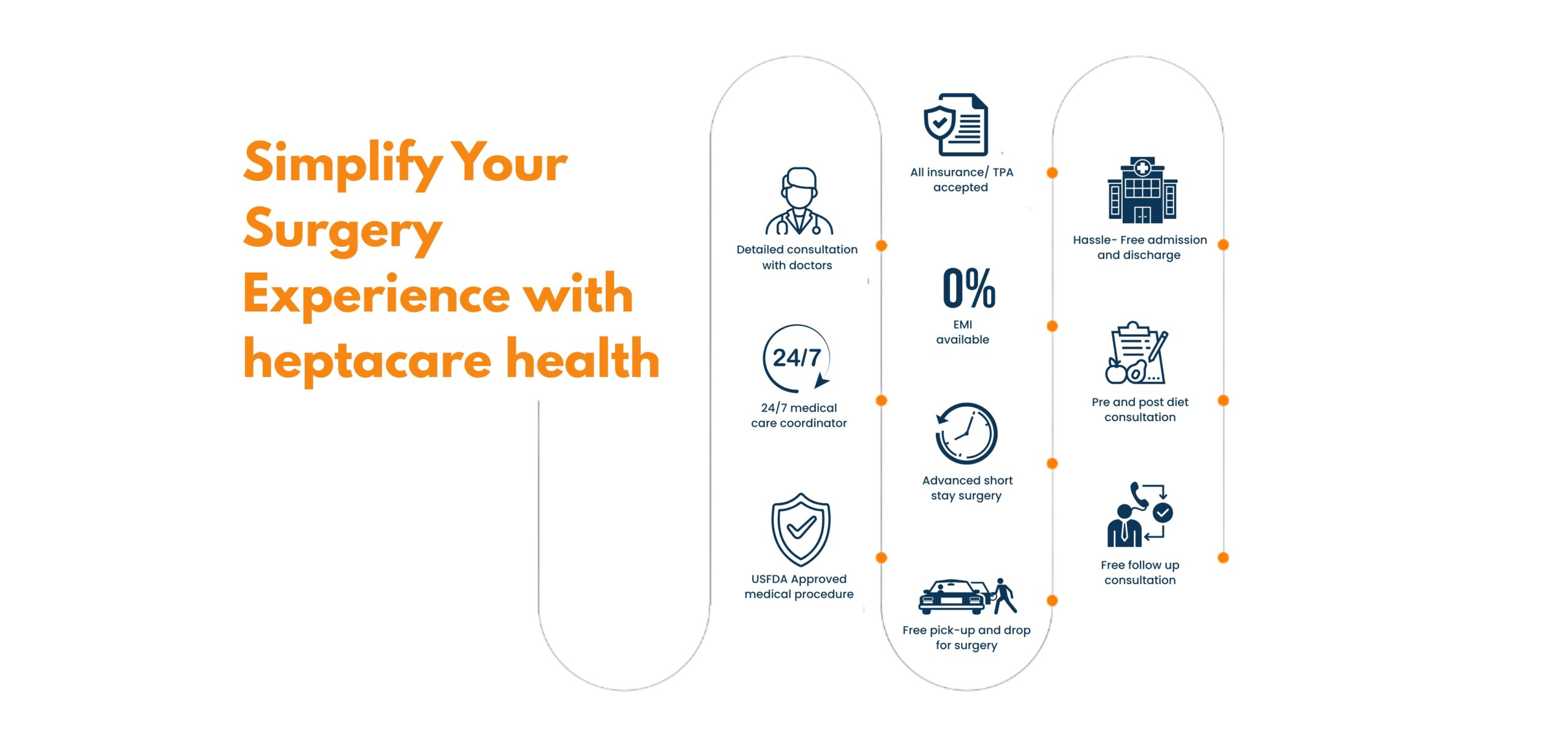Have you been dealing with a fatty lump that isn’t going away? It could be a benign tumor called a lipoma – soft, skin-colored lumps that can appear anywhere on the body, causing cosmetic or medical concerns. At HeptaCare Health, we offer safe and effective lipoma removal treatment through both traditional methods and advanced minimally invasive laser techniques, ensuring a painless, scarless, and affordable lipoma surgery. Our expert plastic and cosmetic surgeons provide personalized care, while insurance, no-cost EMI, and cashless options make treatment accessible. Book your consultation today to get rid of lipomas with advanced care at HeptaCare Health.
Happy Patients
Disease
Hospitals
Cities
If you’re searching for lipoma removal near me, looking for affordable lipoma treatment cost, or want to consult an expert plastic surgeon nearby, modern options like scarless laser surgery are now available to ensure faster recovery and minimal discomfort.
When diagnosing a lipoma, it’s important to consider other conditions that may have similar characteristics. While lipomas are usually easily recognizable due to their specific features, there are a few conditions that can mimic lipomas, such as epidermal exclusion cysts, sebaceous cysts, neurofibromas, dermatofibromas, liposarcomas, etc.
The diagnosis of lipomas is typically made based on a physical examination and medical history, as they have distinct characteristic features that are usually recognizable. However, in certain cases, it may be difficult to distinguish lipomas from other conditions. If so, the following diagnostic tests will be performed to confirm lipomas:
These diagnostic tests may not be necessary for all cases. The need for further testing depends on the individual circumstances and the presence of worrisome symptoms.
Lipomas are benign (non-cancerous) fatty tumors. These soft, mobile, and sometimes mildly painful bumps are found beneath the skin and can develop on areas like the neck, shoulders, back, arms, and thighs. While the exact cause of lipomas is unknown, they are often linked to genetics and may appear more frequently in people with a family history of lipomas or in association with conditions like adiposis dolorosa and Gardner’s syndrome.
Most lipomas don’t require treatment unless they are painful, restrict movement, or cause cosmetic concerns. However, when needed, they can be safely removed through excision, liposuction, or advanced minimally invasive laser techniques.

Initially, lipoma removal is not necessary unless they are causing symptoms, growing rapidly, or affecting the individual’s self-esteem. The methods available for lipoma treatment or removal include the following.
Depending on the characteristics and location of the lipoma, the ideal treatment options may vary. While surgical removal is generally preferred for lipoma treatment, the specific surgical technique may differ.
Lipoma surgery or lipoma excision surgery is the standard procedure for lipoma removal. It can be performed through various techniques, such as conventional excision, minimal excision, etc. In most cases, lipoma surgery is performed on an outpatient basis, which means that the patient is discharged from the hospital on the same day.
Different types of lipoma surgery are explained below:
The decision regarding the most suitable type of lipoma surgery is made by the doctor after thoroughly diagnosing the condition and its severity.
Lipoma removal offers significant benefits to the individual, especially if the condition is symptomatic. Here are some of the key benefits:
The specific instructions provided by a doctor for preparation before lipoma surgery may vary depending on the individual case and the surgeon’s preferences. Here are some general guidelines that are often given to patients before undergoing lipoma surgery:
If the patient has any doubts or concerns about the surgery or the preoperative instructions, it’s important to discuss them with the doctor.
During the surgery, the patient is taken to the OT (operation theater), and the procedure is carried out. The steps involved are mentioned below:
Typically, a patient will need around 2 to 4 weeks to recover after lipoma treatment. The exact recovery duration will vary for each patient depending on the technique used and the individual’s healing abilities.
Immediately after the surgery, the patient is kept under observation and discharged after a few hours when his/her vitals are stable and the effects of anesthesia wear off. During the first week, the patient may experience some pain, swelling, and bruising at the surgical site.
These side effects will start to dissipate gradually over the next weeks, and the patient will be able to resume normal activities.
The recovery will continue in the upcoming weeks, and the patient will have to follow specific instructions and take several precautions during this period. The common instructions the patient will have to follow are given below:
It’s important to follow these instructions for optimal recovery after lipoma removal.
There are several complications of lipoma excision surgery. It’s important for an individual to be aware of these potential risks and complications and follow the pre-op instructions given by the doctor to reduce the risks of the following complications:
The surgeon will take the necessary steps to prevent these risks and complications of lipoma surgery from arising in the first place. If these complications arise, then he/she will suggest solutions accordingly.
After lipoma removal, most individuals do not require specific lifestyle changes. However, it’s always beneficial to maintain a healthy lifestyle for overall well-being. Here are some general lifestyle recommendations that can promote overall health and potentially minimize the risk of developing new lipomas:
It’s important to remember that these lifestyle modifications will not necessarily prevent new lipomas from forming, but they can minimize certain risk factors.
It’ll be best to discuss the risk factors of lipomas with an expert and take the necessary measures as suggested.
Lipoma removal cost in India ranges from Rs. 40500 to Rs. 84000 or more. The exact cost varies for each patient due to the following factors:
All these factors can greatly impact lipoma surgery costs in India. An important thing to note is that cost should never be the deciding factor in choosing a doctor or hospital for lipoma treatment. The individual should prioritize the experience of the doctor and the quality of care provided at the hospital above everything.
There are several proven and non-proven non-surgical methods for lipoma treatment. Some of these methods are quite effective in managing the condition itself and associated symptoms to some extent. However, the effectiveness of methods like ayurvedic medicines, lipoma removal sprays, ointments, etc., is not proven.
One of the effective methods to shrink lipomas is using steroid injections. It involves using corticosteroids that have anti-inflammatory properties. When the steroid is injected into a lipoma, it reduces inflammation and shrinks the size of the fatty tumor. They are more suitable for larger lipomas and less effective for smaller ones that are deep.
Steroid injections for lipoma are administered in a clinical setting. The area is cleaned, and a local anesthestic is used to numb the injection site. Then, the steroid solution is directly injected using a syringe and needle.
This method will require multiple sessions to shrink a lipoma. The frequency and number of injections are determined by the characteristics of the lipoma and the patient’s response to the treatment.
It should be noted that while steroid injections may be effective, they won’t eliminate the lipoma or prevent it from growing.
There is no clinical evidence to support that home remedies for lipoma treatment actually work. Still, some common remedies are often suggested by ayurvedic doctors and natural healers.
An individual can try the following home remedies to remove lipoma naturally or at least manage some symptoms of this condition.
In many cases, people don’t realize whether these home remedies are working or not, as lipomas grow at a very gradual pace. But it’s important to talk to a doctor before trying these home remedies for lipomas, as their persistent use can cause side effects.
Many people seek help from doctors in the hopes that there may be some cream, ointment, or spray available that can help treat lipomas. There are several over-the-counter products that are not approved by the FDA but are still used. Some common lipoma removal creams available in the market are:
All these creams claim that they are the best ointment for lipoma. However, there is no clinical evidence to support their claim or prove their effectiveness.
Recently, several lipoma removal sprays have also been released by various manufacturers, claiming that they will be helpful in lipoma removal. Some common lipoma removal sprays available are:
These sprays claim to work on a concept of herbal lipolysis, which breaks down the fats and other lipids through hydrolysis to release fatty acids. This process is known to target the adipose or fatty tissues. However, similar to the lipoma removal creams, the effectiveness of these sprays is also inconclusive. Therefore, it’ll be best to consult an experienced doctor before using these non-approved products.
When it comes to lipoma treatment, there is no specific medicine or tablet that has been proven effective. However, there are various alternative or complementary approaches, such as ayurvedic medicine for lipoma or homeopathic medicine. These medicines are based on traditional Indian medicine practices that involve herbal formulations.
The common ayurvedic medicine for lipomas in practice is- the Triphala remedy, which consists of Indian gooseberry, black myrobalan, and belleric myrobalan. It is believed that this compound has fat-reducing properties, which halt the overgrowth of the fat cells and address the fatty lumps.
Some common homeopathic medicines for lipomas are:
It’s important to try these ayurvedic and homeopathic medicines with caution and after consulting a qualified specialized doctor. Besides this, there are no other lipoma treatment tablets or other non-surgical methods available that can remove, treat, or prevent the growth of these fatty lumps.
Lipoma cannot be treated by exercise, diet, medicine, etc., and may not be possible completely, but there are certain measures that can help to reduce the chances of developing lipomas. These measures include the following:
While some risk factors of lipomas can be managed, others are inherited and cannot be controlled with diet, exercise, or other lifestyle modifications. Since they are primarily caused due to genetic disorders, it may not be possible to prevent them.


Based on 7721 Recommendations | Rated 4.68 Out of 5
Happy Patients
Clinics
Cities
Surgeries
Doctors
Hospitals

A breast lump is an abnormal swelling or growth in the breast tissue that may be benign or, in rare cases, a sign of cancer.

A hair transplant is a cosmetic procedure where healthy hair follicles are moved from one part of the scalp to thinning or bald areas for natural hair regrowth.

Gynecomastia is the enlargement of male breast tissue caused by hormonal imbalance, excess fat, or other medical conditions, often treated with surgery.

Liposuction is a cosmetic surgery that removes excess fat deposits from specific areas of the body to improve shape, contour, and overall appearance.

A Tummy tuck (abdominoplasty) is a cosmetic surgery that removes excess fat and skin from the abdomen while tightening the abdominal muscles for a flatter, firmer tummy

Breast Implant (Breast Augmentation) is a cosmetic procedure that enhances breast size and shape using silicone or saline implants for a fuller, natural-looking appearance.

Very rarely. Lipomas are almost always benign. If a lump grows rapidly or feels hard, consult a doctor to rule out other conditions.
Costs vary based on size, number of lipomas, and treatment type. Many clinics offer affordable packages, EMI, and insurance support.
Usually no, but in rare cases, lipomas may recur. Regular follow-ups with your doctor help monitor your condition.
If the lump grows quickly, causes pain, limits movement, or affects your appearance, consult a doctor for proper treatment.
● lipoma laser surgery cost in Vizag ● low-cost lipoma surgery in Hyderabad ● cashless lipoma treatment near me ● painless lipoma surgery in Vijayawada ● lipoma treatment with insurance in Vizag ● lipoma removal surgery cost in Hyderabad ● lipoma operation packages in Vijayawada ● affordable lipoma treatment near me ● lipoma laser treatment clinic in Hyderabad ● lipoma doctor consultation charges in Vizag ● best lipoma surgery cost in Vijayawada ● lipoma treatment hospital near me ● lipoma laser operation price in Hyderabad ● low-cost lipoma laser treatment in Vizag ● lipoma removal cost near me ● lipoma treatment with EMI in Vijayawada ● lipoma surgery specialist near me ● lipoma surgery packages in Hyderabad ● lipoma treatment clinic near me ● lipoma laser surgery near me
Disclaimer: **The result and experience may vary from patient to patient.. ***By submitting the form or calling, you agree to receive important updates and marketing communications.
Getting an accurate diagnosis can be one of the most impactful experiences that you can have.

cure with care
Copyright © 2025. All rights reserved.
Consult with our expert surgeon for more than 50+ diseases
Happy Patients
Hospitals
Cities